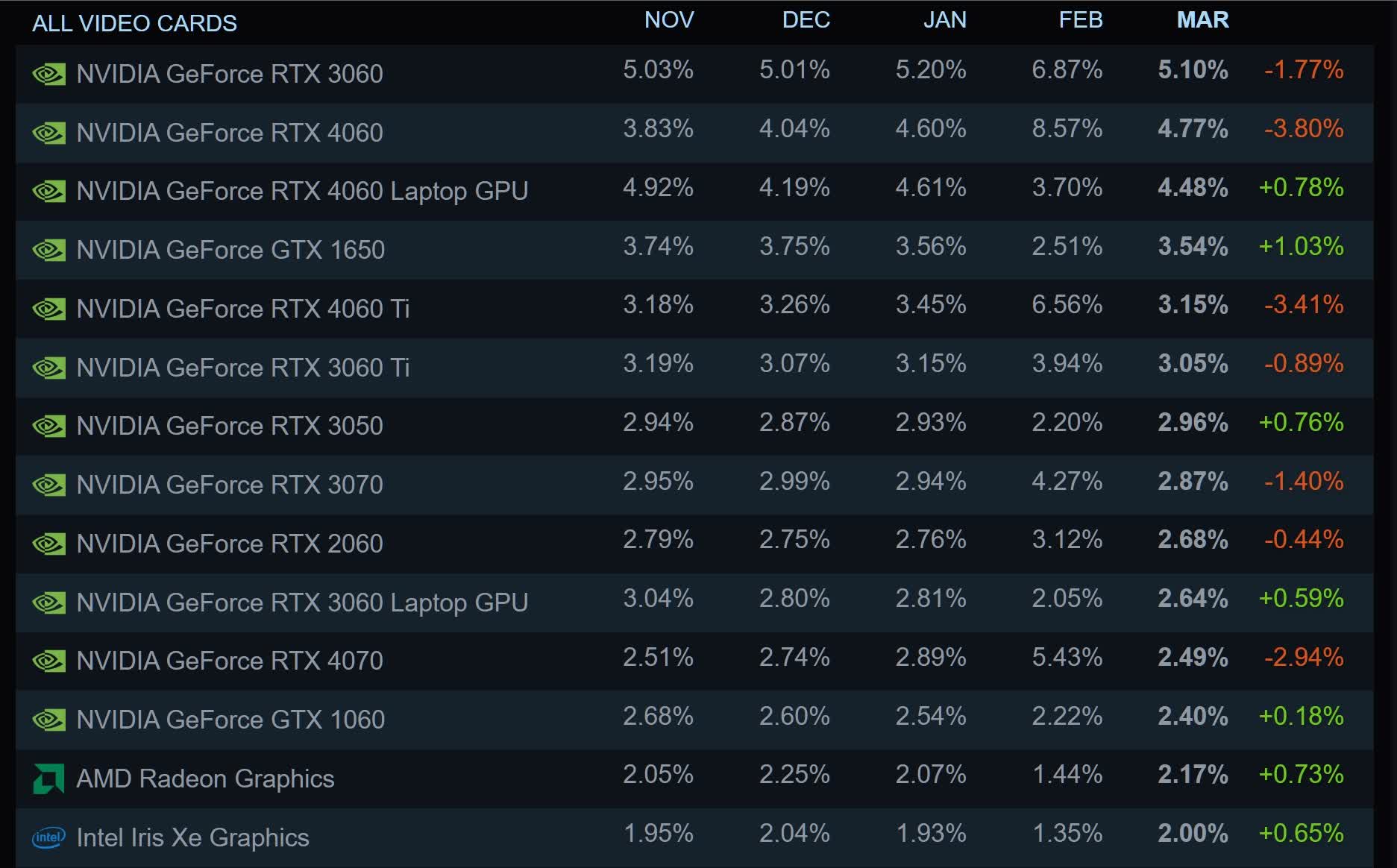arstechnica.com
Magic Unshittification: 3 tech companies that recently made my life better Enshittification is not the only option. Nate Anderson Apr 2, 2025 9:30 am | 0 Story textSizeSmallStandardLargeWidth *StandardWideLinksStandardOrange* Subscribers only Learn moreI've been complaining about tech a lot recently, and I don't apologize for it. Complaining feels great. That feeling of beleaguered, I-against-the-world self-righteousness? Highly underrated.But a little righteous complaint goes a long, long, loooong way. (Just ask my wife.) Too much can be corrosive, it can make you insufferable to others, and it can leave you jaded, as many people, myself included, have become about technology.I had three recent experiences, however, that were each quite small in their way but which reminded me that not everything in the tech world has fallen victim to the forces of "enshittification." Once in a while, technology still feels easy anddare I co-opt the world from Apple's marketing department?even magical.Call it "unshittification."Better DRMArs has complained about DRM since our founding over 25 years ago. As writers and editors ourselves, we certainly get the desire not to have one's work ripped off or repurposed without payment, but even effective DRM imposes annoying costs on those who actually paid the money for the thing.Case in point: I've been teaching myself songwriting, audio production, and mixing for the last 18 months, and part of that process has led me to invest some decent money into Universal Audio products. I bought its stellar and rock-solid-reliable Volt 2 audio interface and then spent much of 2024 snapping up high-quality plugins like Topline Vocal Suite, the Manley Voxbox, and the Electra 88 Rhodes piano. Terrific stuffbut not necessarily cheap.So it was just insulting to find out the hard way that Universal Audio used a variant of the iLok DRM systemitself unfortunately common in the audio industrythat required constant Internet connectivity to function.The iLok ecosystem can be configured in three main ways, authorizing your plugins 1) to a custom iLok USB dongle (which costs $50$70 and requires a USB portplus, you have to remember it at all times), 2) to the local machine you are working on, or 3) to the cloud. Universal Audio allowed only dongle and cloud authorizations, but I figured this wouldn't be a problem because, surely, the system would only need to check in semi-regularly.In fact, the system checked in constantly. Go even a few minutes without Internet access, and all your plugins will disable themselves, leading any mix that uses them to fall apart immediately. Want to work on your laptop during a power outage? Edit some audio on a flight? Use a studio computer thatfor stability, performance, and security reasonsis not generally online? Well, I hope you like dongles.(Some users dothough others have complained that they too can be unstable, they cost extra, and they permanently take up a USB port on your machine.)Universal Audio is a big name in the business, and their users have complained endlessly about this situation, but the response has generally been that machine-based authorization is less secure and therefore not supported.So it was a surprise and delight when, on March 25, Universal Audio saw the light and announced that "by popular demand" it was shifting to local machine or iLok USB authorizations. The cloud option was gone, and a company rep even admitted that cloud monitoring "requires a constant Internet and server connection. [In other words], more resources."In addition, Universal Audio now allows "up to three" simultaneous authorizations of each digital tool, while before you could only have two.The online response appears overwhelmingly positive. As one commenter put it, "Ok, I admit: I thought the 'submit feedback' feature was just there so users would vent without any serious change occurring... I was wrong on that front. Glad to see UA is listening. Good job!"Others stressed just how beneficial the move was for touring musicians who may use various bits of Universal Audio tech on stage or on tour. "For touring musicians and all other people that often work in an offline environment this is awesome!" wrote one commenter. Another added, "iLok dongle on stage is scary and glad that's over with. Power move!"I concur.Better customer serviceLet's stick with the "musical" theme for example No. 2.I purchased Native Instruments' terrific piano library Noire, which sampled the specific grand piano used by Nihls Frahm in both standard and felted formatsand all of it capturing the ambience of Saal 3 in the East Berlin Funkhaus recording facility where Frahm works. The library is one of my favoritesevocative and gorgeous. But I was apparently the victim of fraud.See, I purchased the library secondhand. This is completely legal and explicitly allowed by Native Instruments, though the company needs to get manually involved in the transfer process. I purchased Noire from a UK user who already had a "transfer code" approved by Native Instruments, indicating that the software in question was genuine and available for sale.So I purchased Noire, completed the transfer, and the software showed up in my Native Instruments account. Everything went smoothly, and I was (very gently) rocking out with Noire's felted piano.A few weeks (!) later, I received a note, completely out of the blue, from Native Instruments support. They had removed Noire from my account, they said, because the seller had committed some unspecified fraud, and Native Instruments had transferred my copy of Noire back to the original purchaser.This was extremely uncool. Not only did I have nothing to do with any fraud, nor any reason to think fraud had occurred, but Native Instruments had vetted the software and approved it for transfer, which gave me the confidence to move forward with the purchase. So why was I now the only person to suffer? The original buyer got the plugin restored, the scammer had my money, and Native Instruments hadn't lost anything.There appeared to be little I could do about all this. Sure, I could file a dispute with PayPal and try to claw my money back, but Native Instruments is a German company, andlet's face itI wasn't going to do anything if they decided to screw me out of a purchase they had helped me make. (WellI was going to do something, namely, never purchase from them again. After all, who knew, when they awoke in the morning, if their purchased products would still function?)This may sound like a complaint, but here's the thing: When I made my case to Native Instruments over email, they got back to me in a day or two and agreed to put a free though "not for resale" copy of Noire on my account as a goodwill gesture. This was all conducted politely, in impeccable English, and without undue delay. It felt fair to me, and I'm likely to continue purchasing their excellent sample libraries.Customer service can feel like a lesser priority to most companies, but done right, it actually ensures future sales.Better money-takingFinally, an almost trivial example, but one that worked so smoothly I still remember my feeling of shock. "Where's the catch?" pretty much summed it up.I'm talking, of course, about March Madness, the annual NCAA college basketball tournament. It's a terrific spectacle if you can ignore all the economic questions about overpaid coaches, no-longer-amateur players, recruiting violations, and academic distortions that the big sports programs generate. And my University of North Carolina Tar Heels had juuuust squeaked in this year.Ordinarily, watching the tournament is a nightmare if you don't have a pay-TV package. For years, streaming options were terrible, forcing you to log in with your "TV provider" (i.e., an expensive cable or satellite company) account or otherwise jump through hoops to watch the games, which are generally shown across three or four different TV channels.All I wanted was a simple way to give someone my money. No gimmicks, no intro offers, no "TV provider" BSjust a pure streaming play that puts all the games in one place, for a reasonable fee. When I looked into the situation this year, I was surprised to find that this did now exist, it was easy, and it was cheap.The Max streaming service had all the games, except for those shown on CBS. (You can't have everything, I guess, but I get CBS in HD using an over-the-air antenna.) It was $10 for a month of service. There were no "intro offers," no lock-ins, no "before you go!" pleas, no nothing. Indeed, I didn't even have to create a new account or share a credit card with some new vendor. I just added Max as a "subscription" within Amazon's video app and boomtournament time. It took about four seconds, and it has worked flawlessly.That something this simple could feel revelatory was a good reminder of just how crapified our tech and media ecosystems have become. On my expensive LG OLED TV, for instance, I have to go out of my way to literally prevent my TV from spying on everything that I watch. (Seriously, you should turn this "feature" off. Otherwise, your TV will watch your screen and try to identify everything you watch, then send that data back to whatever group of zombified MBAs thought this was a good idea.) Roku, which provides streaming services to my basement television, is toying with new ads. Every streaming service I've subscribed to has jacked up rates significantly over the last year or so.So just being able to sign up quickly and easily, for 10 bucks, felt frictionless and magical in the way that tech used to do more often. As a bonus, I've been able to watch full episodes of Curb Your Enthusiasm, which I have never seen before.Magic?"Unshittification" is not always the result of "innovation"sometimes it's just about treating people decently. Responding to feedback, personal customer service, and non-gimmicky pricing aren't new or hot technologies, but they are the sort of things that make for satisfied long-term customers.So much tech has fallen victim to algorithms, scale, and monetization that it can be a surprising relief to connect easily with a Real Live Human, one empowered to act on your behalf, or to make a purchase without being part of some constantly upselling "sales funnel." But when it does happen, it feels good. Indeed, in a cynical and atomized age, it feels a tiny bit magical. Listing image: Getty Images Nate AndersonDeputy EditorNate AndersonDeputy Editor Nate is the deputy editor at Ars Technica. His most recent book is In Emergency, Break Glass: What Nietzsche Can Teach Us About Joyful Living in a Tech-Saturated World, which is much funnier than it sounds. 0 Comments












